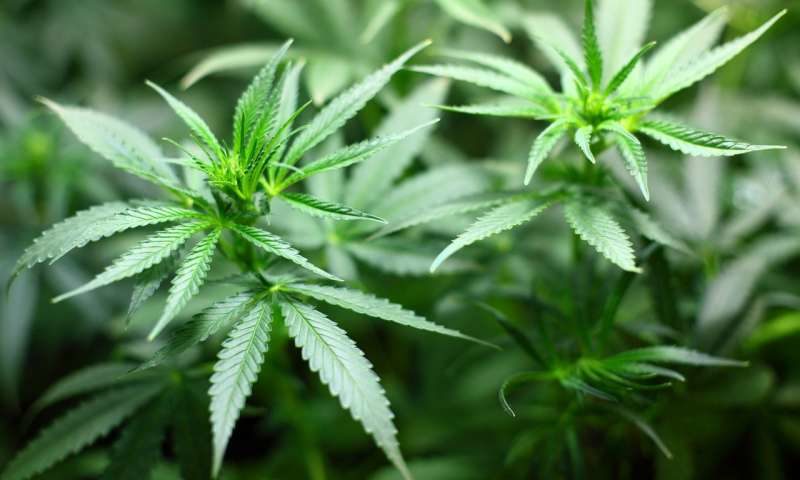Cannabis is likely one of the most well-known plants on Earth because it produces cannabinoids-chemicals that have a pronounced impact on the human brain. Prior studies have suggested the plant likely originated somewhere in central Asia approximately 28 million years ago-the point where it diverged from an ancestor, the common hop. In this new effort, the researchers sought to more precisely pin down the most likely place where the plant got its start.
The approach used by the researchers was to pore through prior studies, whether archaeological or geological, looking for mention of the famed plant-most notations referenced pollen because it is the part of the plant that can survive the longest. The researchers point out that identifying cannabis pollen at dig sites was not a trivial task, because in most tests, it appears identical to hop pollen. To get around that problem, they took note of other types of pollen that were found with the cannabis candidates. If the other pollen came from woodland plants, the researchers assumed they were hops, whereas if they came from steppes, the pollen was assumed to be from a cannabis plant-modern cannabis plants prefer the type of climate found in steppes. When the researchers zeroed in on the studies that mentioned cannabis (found with other steppe pollen) the earliest, they found references to parts of southern Russia and northern China. Further analysis led them to believe that the most likely place of origin was the Tibetan Plateau, perhaps near Qinghai Lake, which, the trio notes, is approximately 3200 meters above sea level. Interestingly, the researchers also note that the site is also near the place where evidence of Denisovans has been found-along with cannabis pollen.
More information: John M. McPartland et al. Cannabis in Asia: its center of origin and early cultivation, based on a synthesis of subfossil pollen and archaeobotanical studies, Vegetation History and Archaeobotany (2019). DOI: 10.1007/s00334-019-00731-8




Comment: See also: